- Country of destination: Intra-regional, Australia and New Zealand, and extra-regional
- Country of origin: Fiji, Kiribati, Nauru, Papua New Guinea, Samoa, the Solomon Islands, Tonga, Tuvalu, and Vanuatu.
- Sectors: Construction, Engineering, and Manufacturing, Healthcare, Tourism and Hospitality
- Skill level: Mid-level
- Timeline: 2007–ongoing
- Number of beneficiaries: 18,000
Overview
Since 2005, the Australia Pacific Training Coalition (APTC) has enrolled more than 18,000 students in courses on automotive repair, manufacturing, construction and electrical services, tourism and hospitality, and health and community services. Creation in 2021 of anew “labour mobility track” in the program will ensure some graduates are prepared to take up labour mobility opportunities within the region, to Australia, New Zealand and beyond, and access semi-skilled opportunities.
Why was it started?
The APTC was created to improve the supply of labor and the alignment of skills with jobs among Pacific Island countries and increase labor mobility between the Pacific and Australia. It was designed to ensure that students were able to access improved employment opportunities, recognizing that access to foreign labor markets was critical for long-term regional development.
How does it work?
In 2005, Australia’s Department of Foreign Affairs and Trade (DFAT) established the APTC, a major investment in technical and vocational education and training (TVET) in the Pacific Island countries. The program funded the establishment of five training schools in different Pacific Island countries. The schools are managed by TAFE Queensland, one of Australia’s largest and most experienced providers of TVET.
The schools admit students from 14 Pacific Island countries, who take Australian accredited courses, from certificate to diploma level, in automotive repair, manufacturing, construction and electrical services, tourism and hospitality, and health and community services. The Australian government subsidizes the training, and eligible students have access to APTC bursaries to cover the unsubsidized portion.
What impact has it had?
The APTC has had a positive effect on skill creation. More than 18,000 students have been enrolled, 17,000 of whom have finished their programs. Among employers who hired APTC graduates, 98 percent were satisfied with the them, with 91 percent reporting that the employees had a positive impact on their firm’s productivity and business performance. The training participants receive is more expensive than that provided by other providers, but employers feel it is of higher quality.
These positive results notwithstanding, the program is still to meet its aspirations for improved labor mobility, which has been further affected by the recent impact of the COVID-19 pandemic on labour mobility.
To improve impact, the third stage of APTC introduced a “labour mobility track”, in which students are given additional support to prepare for work abroad as well as language, financial and digital literacy training and cultural preparation. The program works closely with the Pacific Labour Facility, which identifies potential employers in Australia.
- Australia Department of Foreign Affairs and Trade (DFAT). 2017. Australia-Pacific Training Coalition stage 3 (APTC3) investment design document. September 28.
- Australia Pacific Training Coalition
- Chand, S., and H. Dempster. 2019 “A Pacific Skills Partnership: Improving the APTC to meet skills needed in the region.” CGD Blog, Center for Global Development, Washington, DC.
- Clemens, M., C. Graham, and S. Howes. 2014. “Skill development and regional mobility: Lessons from the Australia-Pacific Technical College.” CGD Working Paper 370, Center for Global Development, Washington, DC
- Johnson, R., R. Curtain, P. Moock, and V. Simmons. 2014 Independent review of the Australia–Pacific Technical College. Education Resource Facility, November 28.

